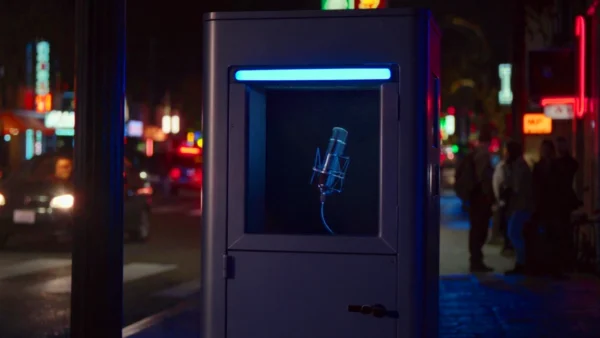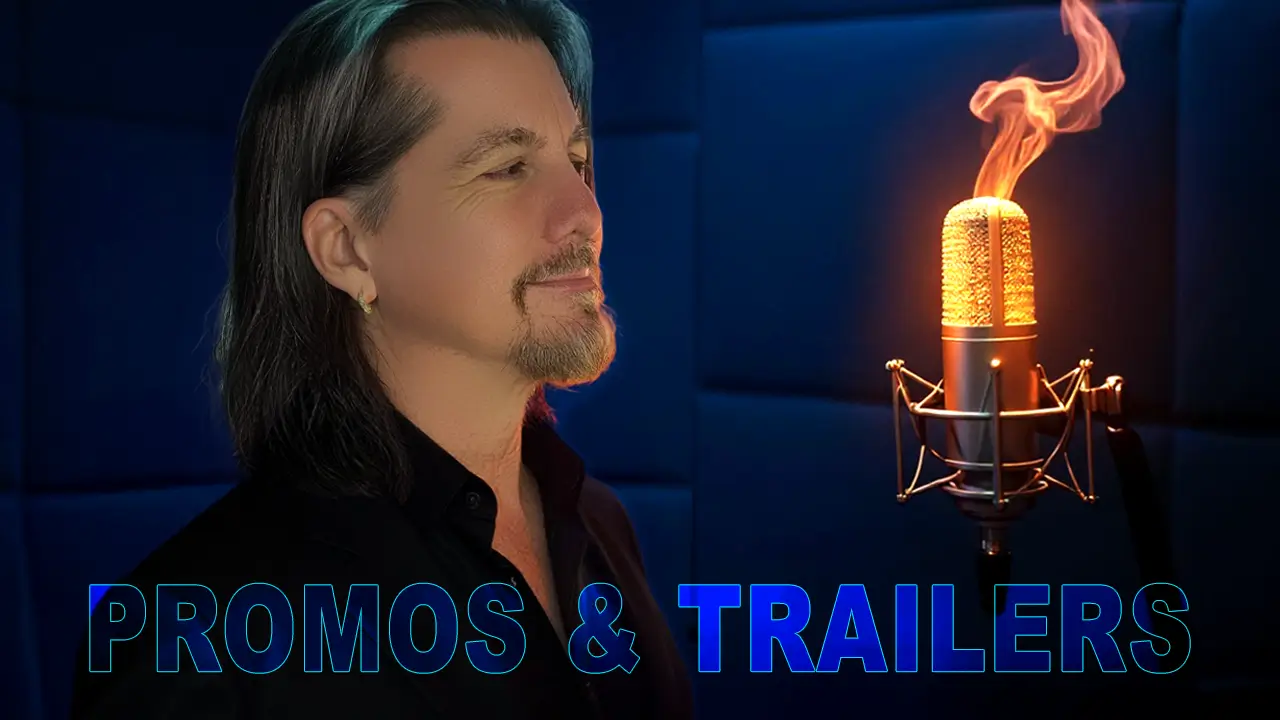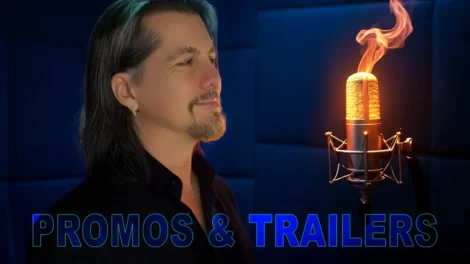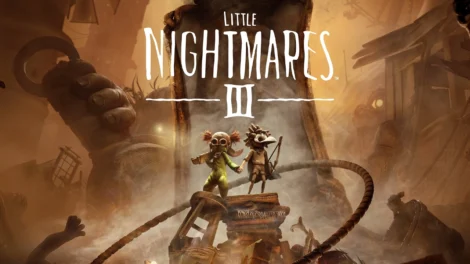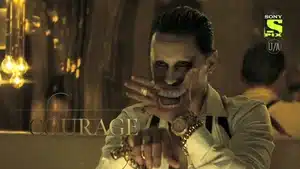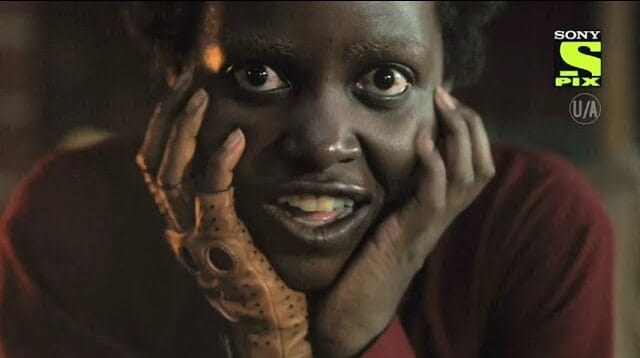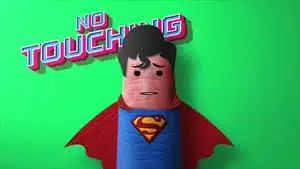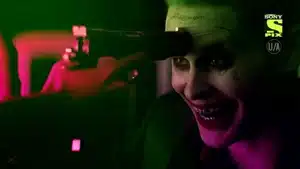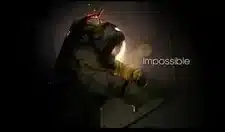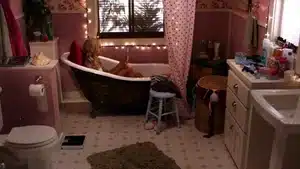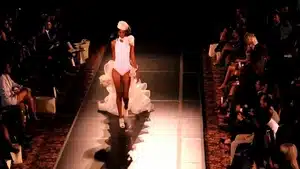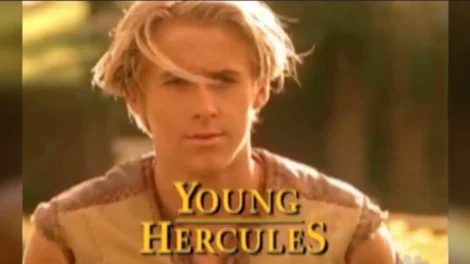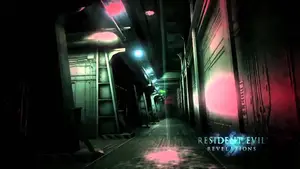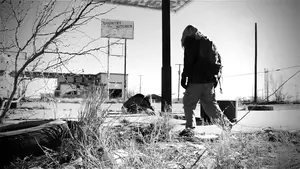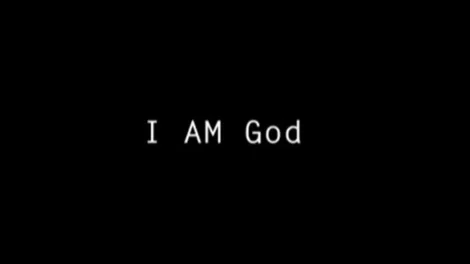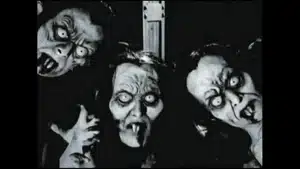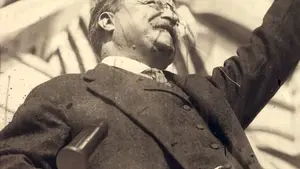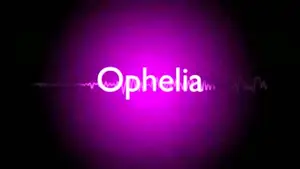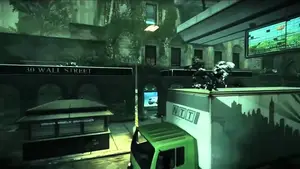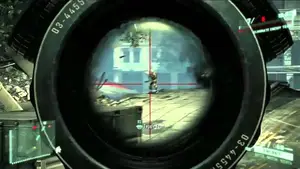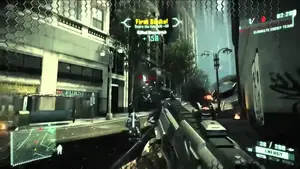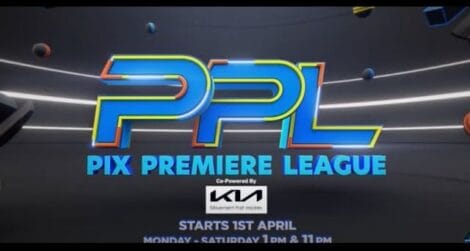Inside the Booth: Talking Home Studios with Voice Actor D.C. Douglas
Welcome back to our ongoing series where we pry into the lives and careers of people who make their living talking, emoting, and occasionally screaming into microphones. Today, we’re sitting down with D.C. Douglas — a voice over veteran of over 35 years.You’ve heard him on big campaigns like Geico, CBS promos, and AT&T, plus countlessvideo games and anime titles. Oh, and when he’s not behind a mic, you might have seen him on CSI: Vegas, Charmed, or in one of several cult indie films where he plays everything from creepy killers to eccentric weirdos.
With home studios now the norm in the industry (and sometimes the difference between booking and not booking a gig), we wanted to dive into D.C.’s story of how he went from a closet with towels on the ceiling to a full-blown WhisperRoom — and what advice he has for voice actors looking to build their own setups.
The Interview
Q: 2002 — pre-YouTube, pre-Zoom, back when a “home studio” meant a broom closet and a prayer. What finally pushed you to bite the bullet and build one?
D.C. Douglas: 2002! I moved to Los Angeles in 1985 and dabbled in voiceover during the 90s, slowly getting repeat clients and auditions for bigger things. But I could never land an agent until 2001, then I started getting a lot more work obviously! I had been surviving as an editor of actor demo reels at a place called Planet Video for the last 10 years. One of the first gigs I got through my new agent was doing promos for daytime television on CBS. Now they would always have me come to Television City on Beverly Boulevard to do my promos, sometimes calling me an hour before they needed me. And back then nobody had home studios, though I had heard the stories about Don LaFontaine having a glass studio in his house.
I believe the story goes that several voice actors were there at a party and one of them received a pickup emergency session and when they realized he was there, they asked if he could just pop into Don’s booth and do it. Don said sure, and so he popped in and began the session. Two hours later he was still stuck in this glass booth, watching everybody having a great time at the party while his pickup session turned into a nightmare! Sorry, I have a tendency to get sidetracked on old stories.
So there I was, making good money from the promos and getting very tired of having a survival job. It was apparent that I was making more money doing acting than I was as an editor and I had slowly been getting down to less than part-time at the job. I just didn’t know how to make the jump. But then I met Lora Cain and heard about her setup she had in her place in Santa Monica. She had just moved here from Texas and had all these Texas clients that she was still providing voiceover for. So I took her out to dinner and picked her brain and she gave me a lot of great advice on how to start a home studio. Two months later, I had left the job and began solely making my living as an actor, and I was scared shitless.
Q: Paint us a picture — what did Studio D.C. 1.0 look like? Are we talking pro gear and slick setup, or “serial killer with a microphone” vibes?
D.C. Douglas: Wow, that’s a weird out-of-the-blue judgement!
Q: I watched your on-camera film and TV demo reel and some of the film clips. Seemed appropriate!
D.C. Douglas: Damn… You are good.
Q: Thank you!
D.C. Douglas: Oddly enough, I use a lot of the same equipment now 20 some odd years later. But then I got an AKG 414 and I was a Mac guy so I already had that going. One of the places I would record at used Pro Tools so I assumed that’s what I should be using. And I converted my closet by putting foam up on the walls and towels on the ceiling and I put a music stand in there along with my mic and ran the cables. I would start the recording on my computer and then walk into the closet and shut the closet door. I’d start recording and every time I made a mistake I would snap my fingers so I could look for that sound wave when I was editing later. It never occurred to me that I could’ve just run a second monitor and keyboard in there! That didn’t happen for at least two years. I’m not the brightest bulb in the toolshed.
Q: Beyond saving you gas money, how did having that DIY booth actually change your career — and your mornings?
D.C. Douglas: Baby! Who doesn’t like rolling out of bed in their underwear and walking into the closet, talking into a microphone and then getting money in your bank account? It was very ideal. Though the majority of my auditions were still going into studio. But my agent was just starting to allow some people to send in their auditions and I was one of them. I also was the first in Google if you googled voiceover! Those were the glory days. Then they changed the algorithm and I fell out of love with Google. But that home studio really allowed me to remain an independent actor and not have to get a survival job… and I’ll always be amazed that every year I somehow manage to make around the same amount of money. Then, of course, I booked a huge GEICO campaign out of my closet — and literally in my underwear — and that led me to getting a house a couple years later with an actual built-in voice booth.
Q: Flash forward to the “big leagues” — what made you trade the towel-ceiling closet for a full-on WhisperRoom palace?
D.C. Douglas: Ego. Kidding! It was part happenstance in that the house I was buying had a dead elevator shaft that went all the way up to the office room. I put a floor in it and a window and lots of soundproofing and then I had myself a brand spankin’ new whisper room. My setup otherwise remained pretty much the same. It just looked a lot cooler. I started using a stool to sit on while recording in the voiceover booth. I was there for about 11 years before I sold the house. I live in an apartment now, but I was not gonna go back to a closet! So I ponied up the seven grand that they overcharge for those official WhisperRooms. Then had a guy from TaskRabbit put it together for me because I knew I would make lots of mistakes! Chucked the stool and now I stand for sessions. Keeps me… yes, on my toes.
Q: When the pandemic hit and everyone suddenly realized, “Oh, we all need home studios now,” how did that shift feel for someone already living that life?
D.C. Douglas: Like a stud.
Q: Knew it.
D.C. Douglas: Interestingly enough, the pandemic showed me how far ahead I was of the curve. All of a sudden actors who had been in town for decades were calling to ask advice on how to set up their home studios. No one was going into agents anymore and lots of sessions were being done by remote as well. When I started with my little setup in 2002 the only way to do a remote session was either ISDN, which was a pain in the ass to get installed and use, or getting a landline phone patch. By the time the pandemic came around we had Zoom and Source Connect. It was remarkable how quickly the industry switched over. I do regret that now there are fewer studios to go to for jobs. Doing voiceover is usually just you and a couple other people, so when you go to an outside studio you get to socialize and be human. But home studios — it’s just disembodied voices in my headphones and it’s not quite the same thing. I miss a lot of the human contact. I need to look in people’s eyes. So I can possess them. I’m starting a cult. But that’s another interview for another time…
Q: For the hopefuls reading this who are clutching their credit cards, what’s the one thing they absolutely need to know before they blow $7,000 on a booth?
D.C. Douglas: Leave the strip club. It’s not worth it!
Q: Also an interview for another time!
D.C. Douglas: My first piece of advice would be start small. You don’t need to build a studio — you can literally get an Apex mic from the Apple Store and an iPad with Twisted Wave and a Kaotica Ball. As far as microphone for an official home setup, it’s best to talk to the engineers you’ve worked with where the final product sounded great and ask them what they think is a good mic for your type of voice. For the actor just entering into this, you really only need a closet for the dead space — even sitting in your car in a quiet garage can do the trick. At the end of the day it doesn’t matter how you do it or what it looks like or how much you paid for the equipment. It just matters if you sound broadcast ready. That should be your guiding principle.
The Wrap-Up
From towel ceilings to elevator-shaft studios to leading a (possibly voiceover-based) cult, D.C. Douglas has lived every chapter of the home studio saga. The takeaway? It doesn’t matter if you’re hunched in a Prius with a Kaotica Ball or dropping WhisperRoom money like a rock star — if you don’t sound broadcast ready, you’re just yelling at foam. So invest smart, keep your audio clean, and maybe, just maybe, start snapping your fingers. (It worked for D.C. — and Geico.)
For a peek at where the industry is headed with remote work, voiceover, and home recording setups, you can check out some excellent trend breakdowns here: The Guardian on AI and VO artists and Melvin Vermeer’s 2025 VO industry trends.
[reprinted with permission]
